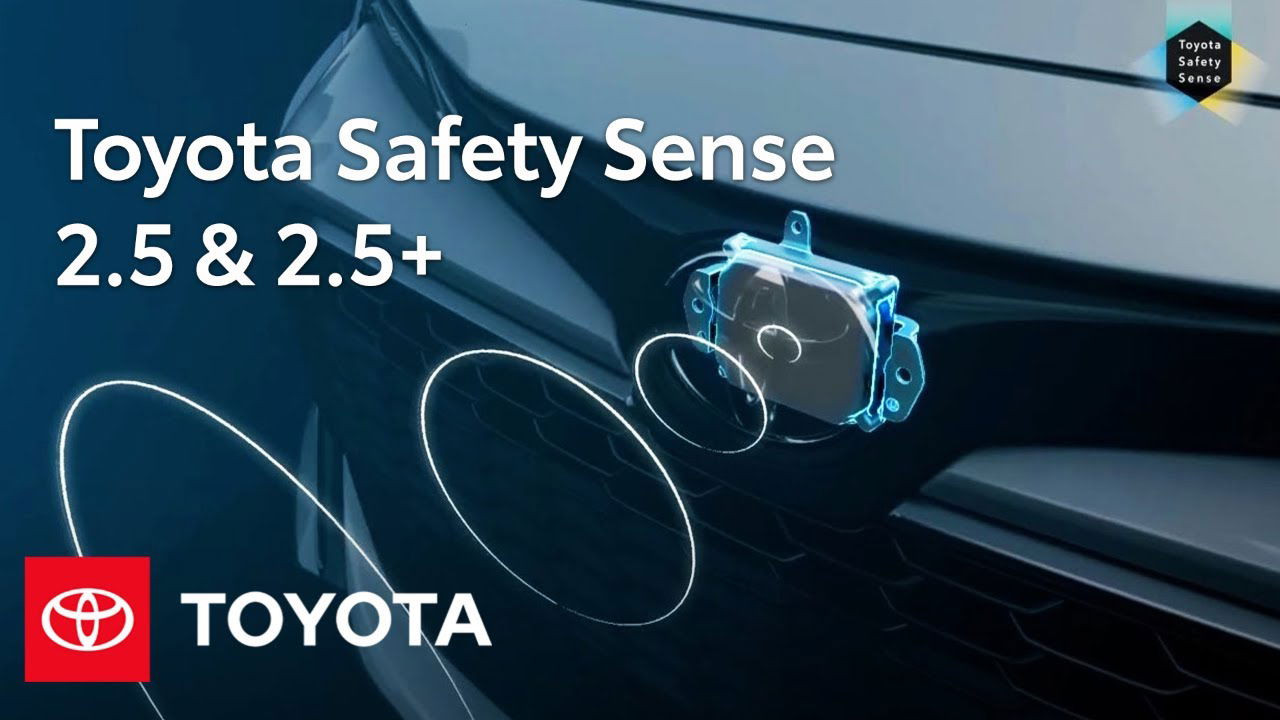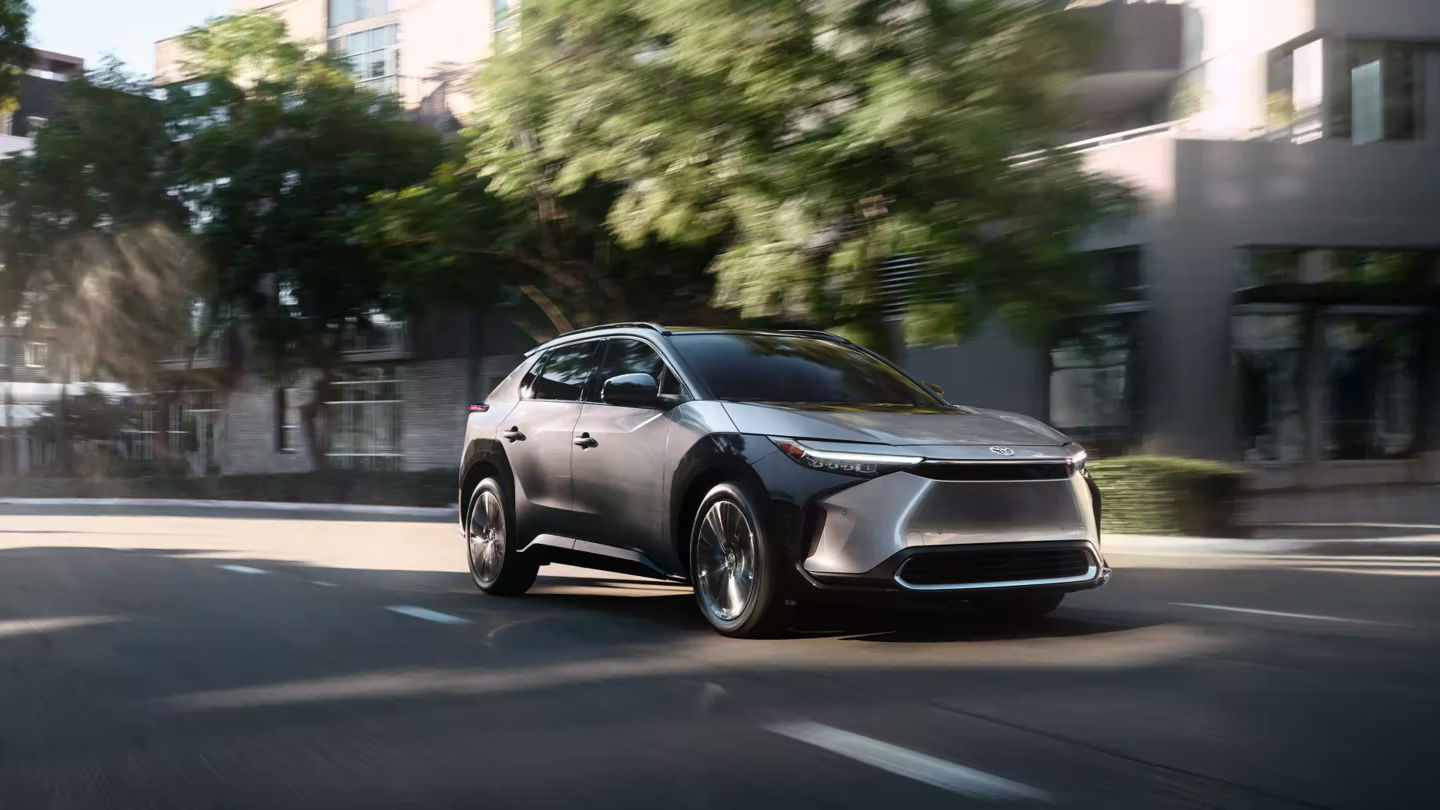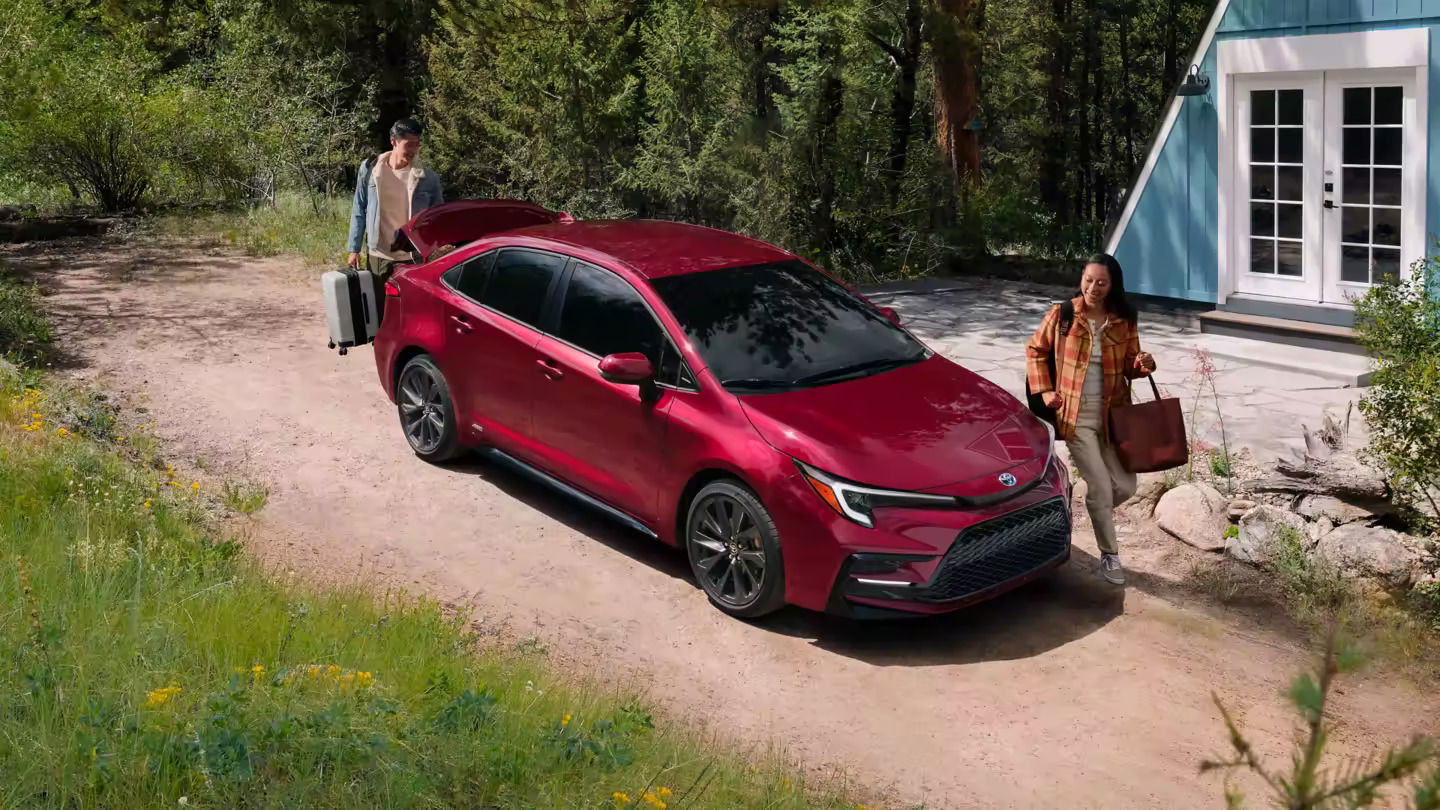Safety First is a popular slogan in multiple industrues and sectors, including the automotive industry. As one of the world's leading car manufacturers, Toyota has made significant strides in this area through its Safety Sense systems.
This article provides a comprehensive comparison of the Toyota Safety Sense 3.0 (TSS 3.0) and Toyota Safety Sense 2.5 (TSS 2.5), helping you understand what they can do, their primary features, and improvements of these systems.
Related Reading:
2021 Toyota Camry SE vs XSE: A Comprehensive Comparison for Discerning Buyers
Toyota Safety Sense Brief Overview

First of all, what is the Toyota Safety Sense? It is an innovative suite of active safety technologies designed to boost safety on the road and optimize car ownership and driving experience.
These systems are often interconnected and work collaboratively to promote driver awareness, decision-making, and vehicle operation, reducing the likelihood of road accidents and making the overall operational experience simpler and safer.
Toyota Safety Sense 2.5

Launched as an upgraded version of the Toyota Safety Sense 2.0 (TSS 2.0), Toyota Safety Sense 2.5 (TSS 2.5) brings several enhanced features designed with the same goal of keeping driver, passenger, and other road users safer. Features of the Toyota Safety Sense 2.5 include:
1. Pre-Collision System (PCS)
The PCS with pedestrian detection detects a vehicle or a pedestrian ahead of the car and alerts the driver with audio and visual warnings. If the driver fails to react promptly, the system can apply automatic emergency braking to prevent or reduce the impact of a collision.
2. Lane Departure Alert (LDA)
This feature is designed to call the driver's attention when the vehicle unintentionally deviates from its lane. The LDA system can also provide a slight corrective steering force with the Steering Assist function to help the driver maneuver the vehicle back to its lane.
3. Dynamic Radar Cruise Control (DRCC)
DRCC maintains a pre-set distance from the vehicle ahead. It is designed to slow your car to retain the pre-selected distance and then accelerate to the preset speed once the road ahead is clear.
4. Automatic High Beams (AHB)
The AHB system automatically switches between high- and low-beam headlights to ensure optimal nighttime visibility and the safety of all road users. High beams maximize illumination in driving conditions like dark rural areas and low-traffic highways during high speeds. Low beams have a shorter range and typically apply to well-lit roads and urban areas.
5. Road Sign Assist (RSA)
This feature recognizes certain traffic signs and displays the information on the vehicle's multi-information display. A camera near the rearview mirror scans the environment for traffic signs, detects and interprets information found, and displays the information for the driver. The information could be displayed on the infotainment screen, instrument cluster, or head-up display, depending on the vehicle model and/or configuration.
Toyota Safety Sense 3.0

Toyota Safety Sense 3.0 (TSS 3.0) is the latest upgrade from Toyota. It offers enhanced Safety Sense functionalities and new features intended to improve usage and road safety.
1. Enhanced Pre-Collision System (PCS)
The TSS 3.0's PCS is updated to operate in low-light conditions. It can now also detect bicyclists. The previous versions, including TSS 2.0 did not have these two capabilities.
2. Lane Tracing Assist (LTA)
The LTA feature builds on TSS 2.5's Lane Departure Alert (LDA) and Steering Assist. Besides warning the driver when the vehicle unintentionally starts to leave its lane, LTA assists the driver in keeping the vehicle centered in its lane, even on highways with gentle curves.
3. Full-Speed Range Dynamic Radar Cruise Control (DRCC)
Unlike the previous version, the DRCC in TSS 3.0 works at all speeds and can bring the vehicle to a complete halt if the vehicle in front stops.
4. Enhanced Road Sign Assist (RSA)
The Toyota Safety Sense 3.0's RSA can detect and understand more road signs, including "STOP," "YIELD," and "DO NOT ENTER" signs.
5. Intersection Support
Intersection Support is a new feature introduced with the updated Toyota Safety Sense 3.0. It can recognize an intersection and warn the driver when it's unsafe to proceed, such as when making a left turn with an oncoming vehicle.
A Comparison of TSS 3.0 And TSS 2.5

Both TSS 2.5 and TSS 3.0 are top-notch safety suites, but comparing the two gives a clear understanding of their evolution and improvements.
Pre-Collision System
While both versions include the PCS, TSS 3.0 offers updated capabilities. It can detect pedestrians in low-light conditions as well as bicyclists, a feature absent in TSS 2.5.
Lane Departure Alert and Lane Tracing Assist
While TSS 2.5 features a Lane Departure Alert system, the new TSS 3.0 upgrades this with Lane Tracing Assist, which keeps the vehicle centered in its lane, instead of just detecting when it's moving away from the lane.
Dynamic Radar Cruise Control
Both TSS 2.5 and TSS 3.0 have DRCC, but TSS 3.0 updates the feature with a full-speed range functionality. This means that the DRCC in TSS 3.0 can work at all speeds and stop the vehicle completely if necessary.
Road Sign Assist
While both versions have RSA, the TSS 3.0 can recognize more types of road signs, providing better information to the driver.
Intersection Support
As noted earlier, Intersection Support is a new feature exclusive to the Toyota Safety Sense 3.0. It can recognize an intersection and warn the driver when it isn't safe to keep going.
Honda Sensing 360: Revolutionizing Road Safety Through Advanced Technologies
Which Toyota Models Have Safety Sense 3.0?

Toyota’s safety sense technology entered its second generation with the 3.0 version in January 2018, making it a fairly new program only available in select models at this time. While we can expect a full rollout across Toyota lineup, below are the Toyota models currently running Safety Sense 3.0:
2023 Toyota bZ4X (Standard On All Models)

The Toyota bZ4X is an all-electric SUV that represents Toyota's commitment to sustainable mobility. It is built on the new e-TNGA platform and features a striking design with advanced technology and spacious interiors. With zero-emission driving, the bZ4X aims to provide a clean and efficient driving experience for environmentally conscious consumers.
2023 Toyota Corolla (Plus Hybrid and Hatchback /Standard On All Models)

The Toyota Corolla is a versatile and popular compact sedan that has been a staple in Toyota's lineup for many years. Known for its reliability and fuel efficiency, the Corolla offers a comfortable ride, a range of advanced safety features, and modern technology. It comes in various trims and offers a balance between practicality, affordability, and style.
2023 Toyota GR Corolla (Standard On All Models)

The Toyota GR Corolla is a high-performance variant of the Corolla that embodies Toyota's Gazoo Racing spirit. It features a sporty design, enhanced aerodynamics, and performance-oriented upgrades. With a turbocharged engine, sport-tuned suspension, and improved handling dynamics, the GR Corolla offers an exhilarating driving experience for enthusiasts seeking a sporty compact car.
2024 Toyota Prius / Prius Prime

The Prius is redesigned and now looks as cool as the idea of saving tons of cash at the gas pump. The Prime is the PHEV (Plug-In Hybrid) version and comes with a 2.0-liter engine and two e-motors producing a combined output of 220 horsepower.
In other words, the 2024 Prius Prime is more powerful than Honda’s Civic Si, the Mazda 3, and Subaru Impreza.
The standard Prius pairs its 2.0-liter hybrid inline-four engine borrowed from the Corolla Cross hybrid crossover with a continuously variable automatic transmission. The powertrain makes 194 horsepower, although the AWD variant boasts a slightly updated 196 horsepower. Both the Prius and Prius Prime comes equipped with the latest Toyota Safety Sense 3.0.
2024 Toyota Corolla Cross

The Corolla Cross is a compelling representation of a heritage model, merging the old and the new to win new converts without alienating the purists. The Cross is an excellent daily driver with a satisfying list of standard features, including the TSS 3.0.
The “Cross” in its name emphasizes its “crossover” nature. It reminds its millions-strong global fan base that this particular Corolla has crossed over to the SUV segment, offering more ground clearance, more cargo space, and available all-wheel drivetrain.
It offers both gas and hybrid powertrains, including a 169-hp 2.0-liter four-cylinder engine mated to a continuously variable automatic transmission (CVT) and a standard front-wheel drive. AWD is optional.
2025 Toyota Camry

The Camry’s popularity, both globally and stateside, is strong enough to keep it going despite losing considerable ground to the SUV and pickup segments.
For the 2024 model year, competing sedans like the Honda Accord and Hyundai Sonata trimmed down to 4 cylinders, but the Camry keeps the faith with a trusty V6 on the menu. The Camry is more gorgeous, sportier (the TRD model), and continues the decades-long legacy of reliability.
It’s still 2024, but the market is excited for the 2025 Camry, offered exclusively as a hybrid. It will come with the Toyota Safety Sense 3.0 with features like Proactive Driving Assist, Panoramic View Monitor, and Star Safety System.
2023 Toyota Crown

In 2022, Toyota decided to discontinue its Avalon sedan, a move that wasn't entirely surprising considering the increasing popularity of SUVs among consumers in recent years. However, it is somewhat unexpected to see Toyota reenter the sedan market with its all-new 2023 Toyota Crown.
Like the Avalon, the Crown is larger than the average midsize sedan, but it doesn't quite reach the dimensions of a full-size sedan. The first thing about the Crown is its elevated ride height compared to the outgoing Avalon.
It features an advanced Hybrid MAX powertrain that combines a 2.4-iter turbocharged engine with electric motors to generate an impressive 340 combined net horsepower and 400 lb-ft of torque. The Crown can wake to 60 mph in 5 seconds.
Summarily,
Toyota's commitment to safety is evident in the continuous improvements and upgrades of the Toyota Safety Sense systems. The TSS 2.5 offers a robust suite of safety features, while TSS 3.0 upgrades the capabilities, including enhanced pedestrian and bicyclist detection, lane tracing assist, full-speed range dynamic radar cruise control, and intersection support. These updates bring more information to the driver, offering better control and - ultimately - safer journeys.